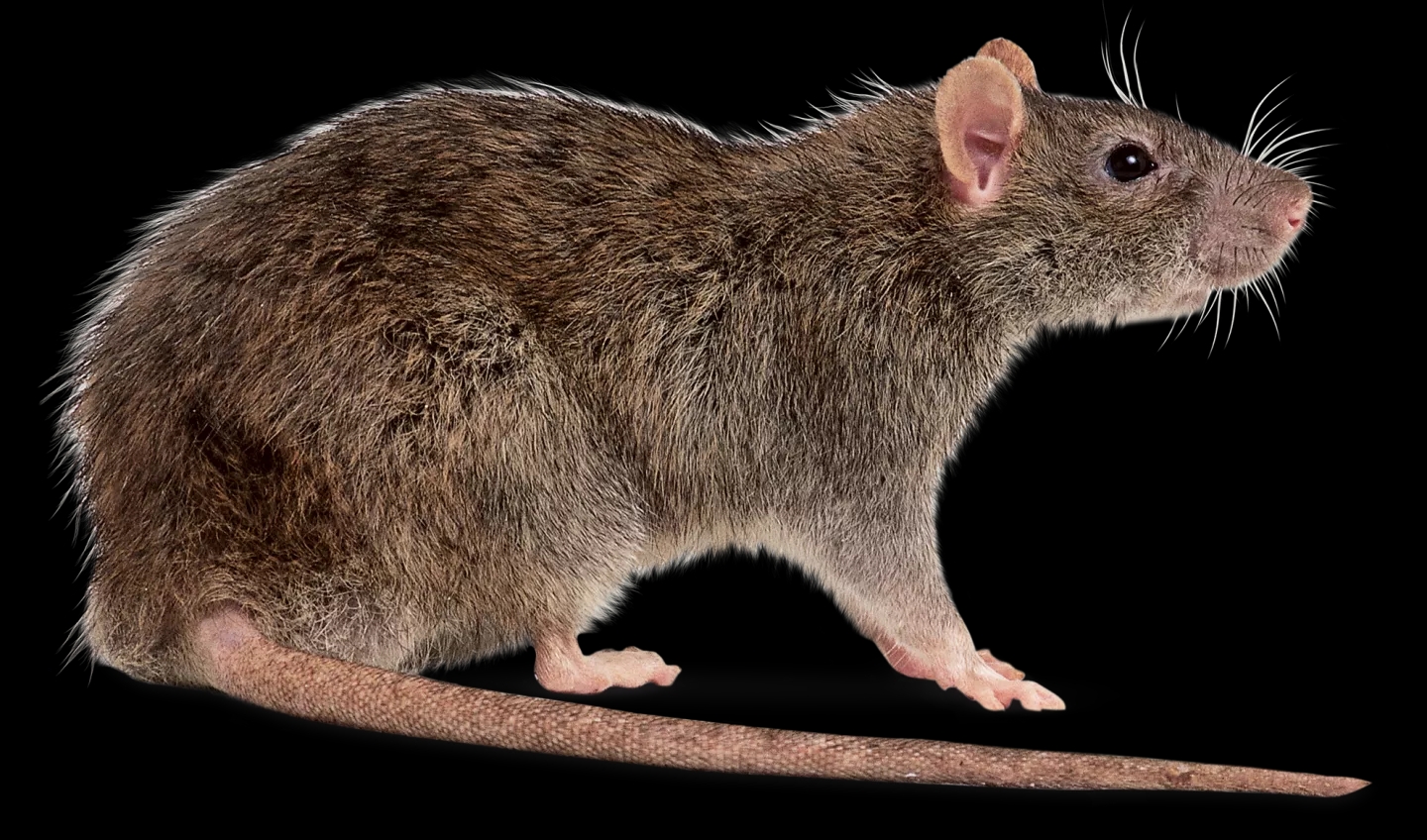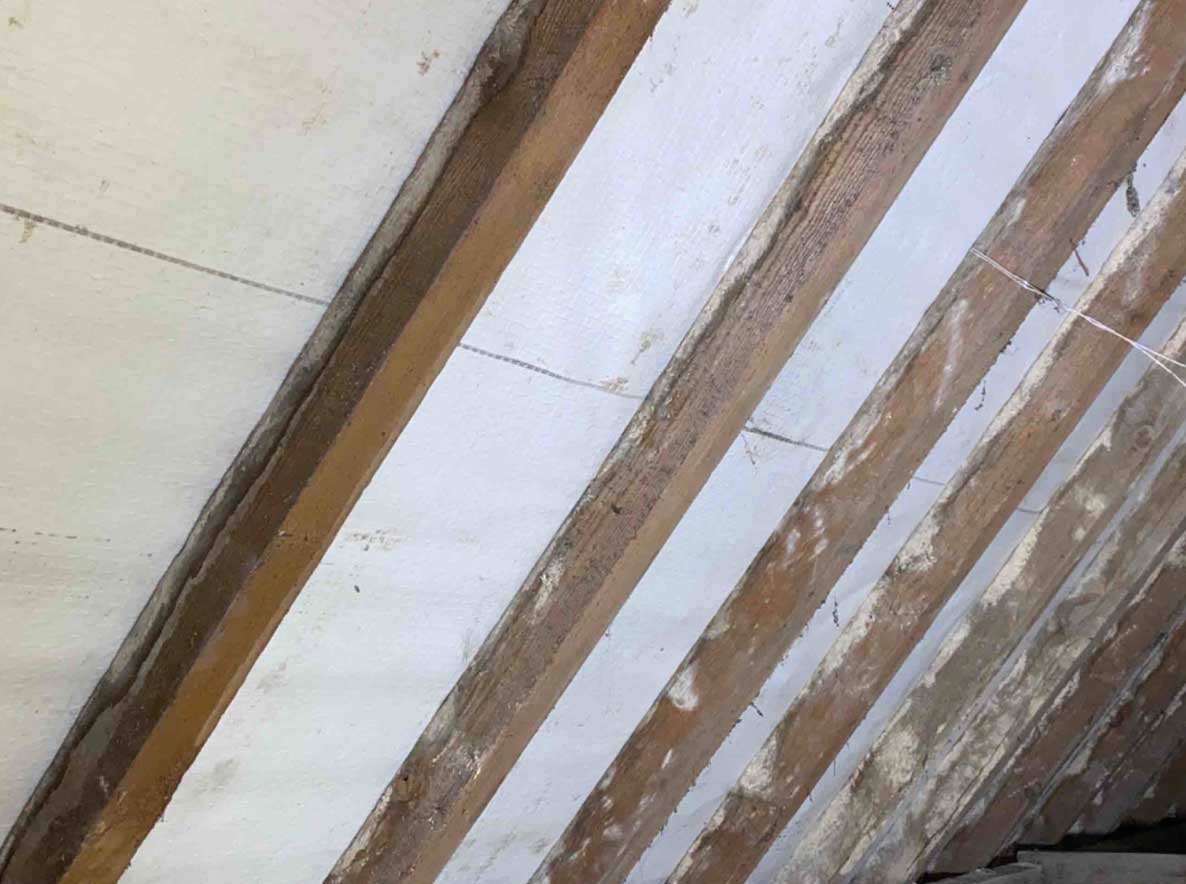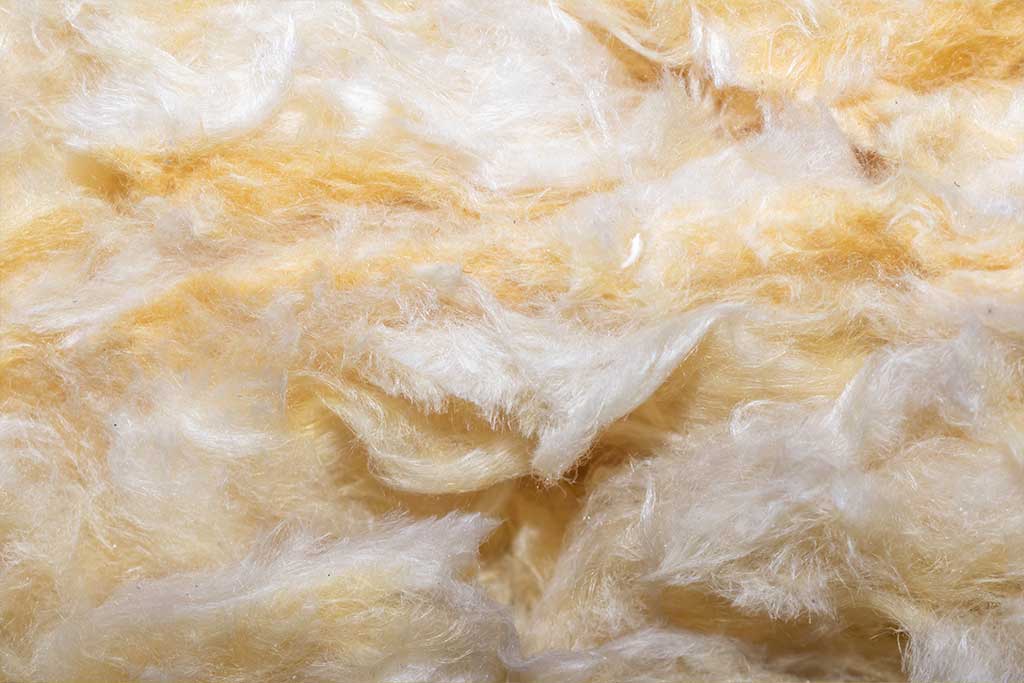What is Hantavirus pulmonary syndrome (HPS)?
Hantavirus pulmonary syndrome (HPS) is a serious and frequently fatal respiratory illness caused by hantaviruses. The virus is carried by rodents and is excreted through their urine, droppings, or saliva. Humans may contract the disease by inhaling the virus or through bites from infected rodents. HPS has a mortality rate of 38%.
Who is at risk of contracting HPS?
Individuals who come into contact with infected rodents or their contaminated excreta are at risk of contracting Hantavirus Pulmonary Syndrome (HPS). The presence of rodent infestations in and around the home constitutes the primary risk factor for Hantavirus exposure. Even healthy individuals are susceptible to HPS infection when exposed to the virus.
Which rodents are known to be carriers of Hantavirus that cause HPS in humans?
Mice and Rats are known to carry the virus
How is HPS transmitted?
Hantavirus is transmitted by infected rodents through their urine, droppings, or saliva. Individuals can be exposed to the virus by inhaling airborne particles from urine, droppings, saliva, or nesting materials. Transmission may also occur if these materials come into contact with broken skin, the nose, or the mouth. Researchers believe that consuming food contaminated with urine, droppings, or saliva from infected rodents could cause illness. Although rare, the virus may also be transmitted through the bite of an infected rodent.
Can you contract HPS from another person?
HPS has not been demonstrated to be transmissible from one individual to another. The virus cannot be contracted through physical contact or kissing someone with HPS, nor from healthcare workers who have provided treatment to individuals with the disease.
Can you contract HPS from other animals?
Hantaviruses that cause HPS are exclusively transmitted by specific species of rodents. HPS is not transmitted by farm animals, dogs, cats, or rodents acquired from pet stores. However, it is important to note that while these pets do not carry hantaviruses, dogs and cats may introduce infected rodents they have captured into the home or garden.
What are the symptoms of HPS?
The incubation period for Hantavirus Pulmonary Syndrome (HPS) ranges from a few days to several weeks. Initial symptoms include fever, fatigue, and muscle aches, particularly in the large muscles of the thighs, hips, back, and shoulders. Other symptoms of HPS may include headache, dizziness, chills, and gastrointestinal issues such as nausea, vomiting, diarrhea, and abdominal pain. A dry cough may also occur. Following this early phase, patients often experience severe shortness of breath as fluid accumulates in their lungs. The heart is also impacted. This condition, known as Acute Respiratory Distress Syndrome (ARDS), frequently necessitates mechanical ventilation. It may progress to multi-organ failure, including kidney failure, and is associated with high mortality rates. However, if the patient receives adequate support through this critical phase, recovery can be rapid and without long-term complications.
Can HPS be treated?
There is no definitive treatment for HPS beyond supportive care. Patients who develop respiratory distress due to HPS may benefit from intubation and oxygen therapy. Prompt recognition and intervention yield the most favorable outcomes for patients.
How long can Hantavirus remain infectious in the environment?
The duration that Hantaviruses remain infectious in the environment varies and is influenced by factors such as temperature, humidity, whether the virus is indoors or outdoors, exposure to sunlight, and even the rodent’s diet, which affects the chemistry of its urine. Studies have shown that the virus can survive for 2 to 3 days at normal room temperature. Sunlight exposure reduces the virus’s viability, while freezing temperatures prolong its survival. As the survival of the infectious virus is measured in hours or days, only active infestations of infected rodents create conditions likely to result in human Hantavirus infection.
How do I prevent HPS?
a. Ventilate the space by opening windows and doors for at least 30 minutes before starting clean up to allow fresh air to enter the space.
b. Seal up rodent entry holes or gaps with steel wool, lath metal, or caulk.
c. Trap rats and mice around the home and out-buildings by using an appropriate snap trap.
d. Clean up rodent food sources and nesting sites and take precautions when cleaning rodent-infested areas.
What are the recommendations for cleaning a rodent-infested area?
a. Put on rubber, latex, vinyl or nitrile gloves.
b. Do not stir up dust by vacuuming, sweeping, or any other means.
c. Thoroughly wet contaminated areas with a bleach solution or household disinfectant. (Hypochlorite (bleach) solution: Mix 1 and ½ cups of household bleach in 1 gallon of water.) (CDC recommends 1 part bleach to 10 parts water).
d. Once everything is wet, take up contaminated materials with damp towel and then mop or sponge the area with bleach solution or household disinfectant.
e. Spray dead rodents with disinfectant and then double-bag along with all cleaning materials. Bury, burn, or throw out rodent in appropriate waste disposal system.
f. Disinfect gloves with disinfectant or soap and water before taking them off.
g. After taking off the clean gloves, thoroughly wash hands with soap and water (or use a waterless alcohol-based hand rub when soap is not available).
Can I use a vacuum with HEPA filter to clean up rodent-contaminated
areas?
HEPA vacuums are not advisable as they circulate air and have the potential to generate aerosols.
How do I clean papers, books, and delicate items?
Books, papers, and other materials that cannot be sanitized with liquid disinfectant or discarded should be placed outdoors in sunlight for several hours or kept in an indoor area free from rodents for about one week prior to final cleaning. After this period, the virus should no longer be infectious. Use rubber, latex, or vinyl gloves and wipe the items with a cloth dampened with disinfectant.
I do not want to bleach my clothes or stuffed animals; is there anything else I can do?
Wash clothing or stuffed animals in a washing machine with hot water and regular detergent. Laundry detergent effectively breaks down the virus’s fatty envelope, neutralizing it. Dry the laundry using a high heat setting in the dryer or hang it outside to air dry in the sunlight. Avoid placing clothing directly into the dryer without washing it first.
How do I clean rugs, carpets and upholstered furniture?
Sanitize carpets and upholstered furniture using a disinfectant, a commercial-grade steam cleaner, or a suitable shampoo.
What precautions should I take if I think I have been exposed to
Hantavirus?
If you have been exposed to rodents or rodent infestations and are experiencing symptoms such as fever, intense muscle aches, and severe shortness of breath, seek medical attention without delay. Inform your physician about the potential rodent exposure to ensure they are aware of the possibility of rodent-borne illnesses, such as HPS.





